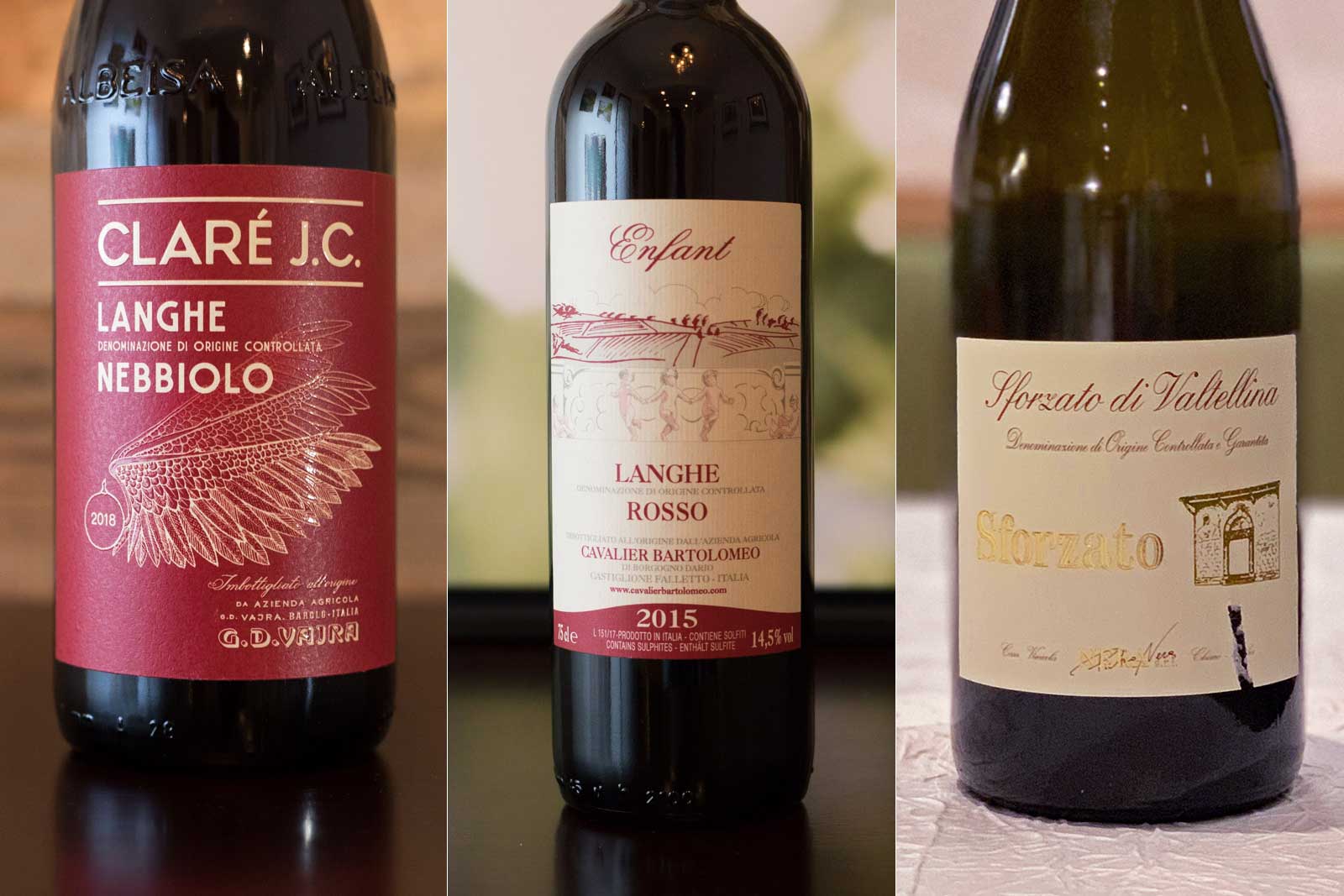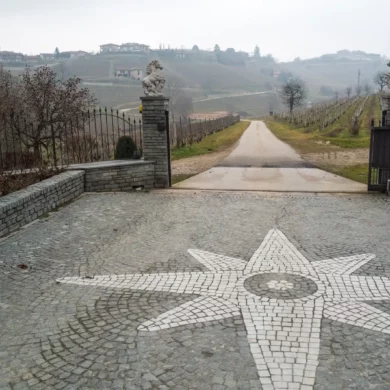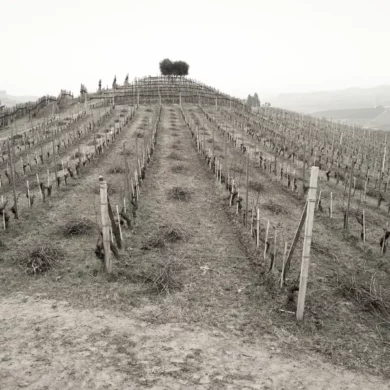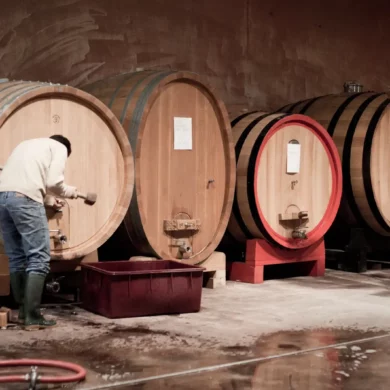So far with the Nebbiolo Fan Club, we’ve surveyed Italy’s greatest red grape from the standpoint of terroir expression. And why not? From Barbaresco to Australia, we have found that this grape’s willingness to transmit the story of soil and weather in its tones is extraordinary. But what about in the winery? In what ways do different techniques alter the expression of Nebbiolo?
The most outspoken discussions around Nebbiolo vinification have tended to revolve around maceration length (days vs. weeks) and oak aging (barrels vs. casks). The debate actually created a schism within Barolo in the 1980s between modernists (short maceration, put ’em in oak barriques!) and traditionalists (no, no, no: longer is better and use your grandfather’s oak cask, goddamnit!). It was a subject poignantly detailed in the documentary Barolo Boys. However, in the last 10 to 15 years, those lines have blurred a bit as many winemakers have adopted techniques from both sides of the divide.
What interests me this time are the more drastic techniques in the winery. What happens when you shake up the formula entirely?
Below are three wines that have found their own path on the way from vineyard to bottle. The first is a throwback to how Nebbiolo in the Barolo region used to be made: a short maceration with a premium placed on freshness, like a claret from Bordeaux. The second relies on the blending of Barbera and Dolcetto to soften the wine’s edges and lend more fruit, and the final wine is a traditional sforzato from Valtellina, where the grapes are allowed to dry on racks to concentrate their flavors before pressing and fermentation.
None of these processes dilutes the expression of Nebbiolo — but they certainly leave a fingerprint of intention from the winemaker than can be riveting to taste.
2018 G.D. Vajra “Claré J.C.” Langhe Nebbiolo
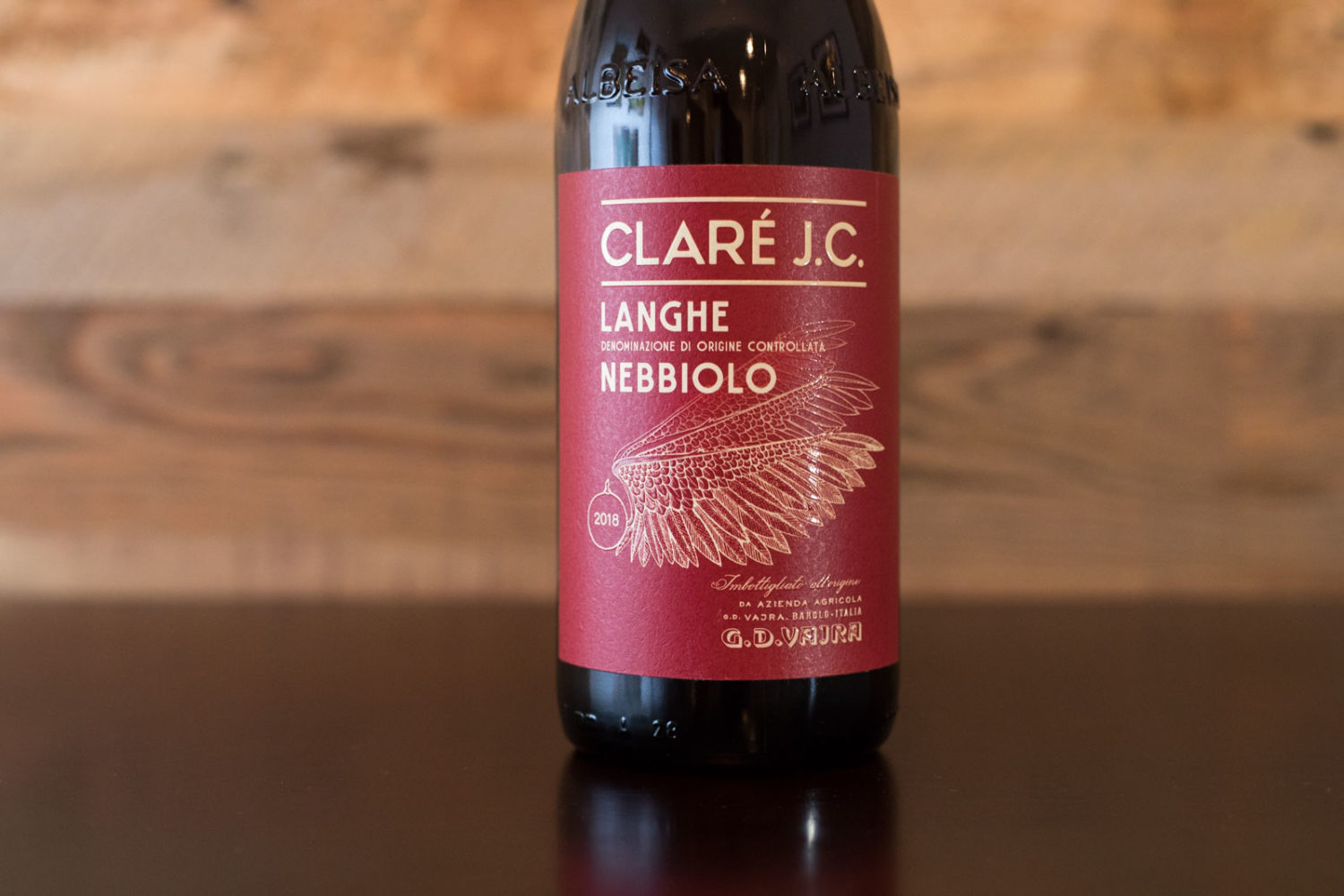
GD Vajra is one of Barolo’s most enterprising wineries, and this light-maceration Nebbiolo shows their tolerance for considerable risk. Imagine taking glorious clusters of Nebbiolo fruit from the Langhe, and saying, you know what? Rather than make a powerful dry red, we’re going to make an off-dry vivace sipper like they did in the 1600s.
OK.
Nebbiolo’s beauty often comes from its depths, but here, the Vajra family has opted to devote a single wine to showcase the grape’s freshness and vivacity. The idea came to Giuseppe Vajra when he discovered the writings of a 17th century jeweler who worked for the Savoy Kingdom. Jean Battista Croce detailed the winemaking process of the time, and it was clear that a “stuck fermentation” — something that happened frequently before the advent of temperature control — led to lighter, livelier, off-dry Nebbiolo wines.
If you are a Nebbiolo Geek like me, the Claré J.C. Langhe Nebbiolo takes some getting used to. My first impression was that it was analogous to Dolcetto, but that wasn’t quite right. The tones here are more like morello cherries than dark berries, the earthiness reminiscent of autumn leaves rather than truffles or tar (a fact that is due possibly to the whole-cluster fermentation of 25% of the wine). The finish is a bit stunted, and the wine benefits from a chill. I may not adore it like Vajra’s other work with Nebbiolo — the family’s Bricco delle Viole is one of Barolo’s greatest wines — but I certainly think it is required drinking for any curious lover of Nebbiolo.
Langhe DOC (Piedmont)
Grapes: Nebbiolo (100%)
Alcohol: 14.5%
Rating: ★★★★ 1/2 (out of five)
Food-friendliness: Versatile
Value: As expected
Click on the wine icons above to learn more
2015 Cavalier Bartolomeo “Enfant” Langhe Rosso
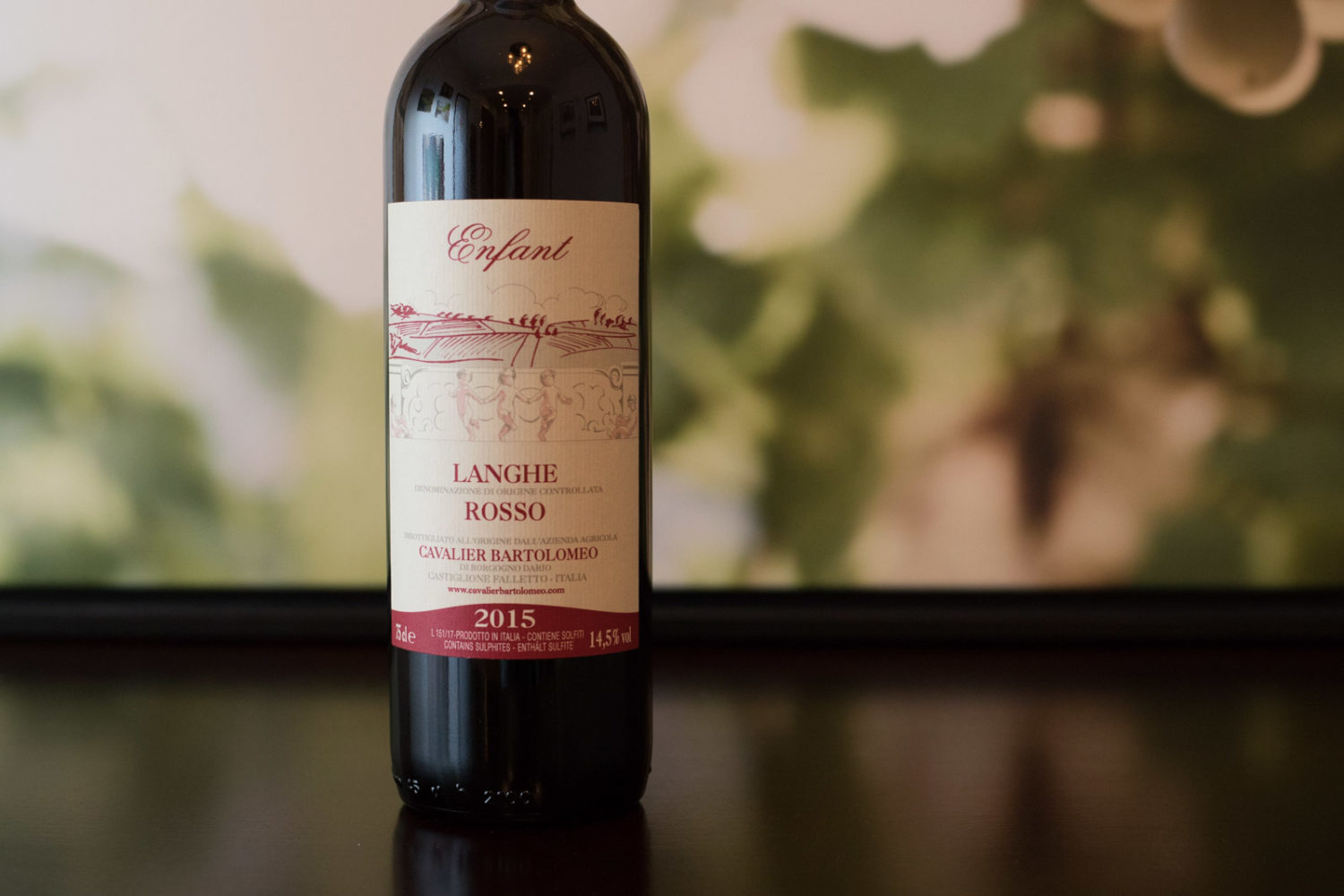
Nebbiolo is not for everyone. As hard as that is for me to admit, the wine’s tannins, acidity and earthy aromas can turn some drinkers off — perhaps those more familiar to plush red wines with ample fruit.
For those of you in this camp, (a) I am surprised you made it this far into the column and (b) look for a Langhe Rosso blend, where Nebbiolo is most often blended with a percentage of Barbera and/or Dolcetto. These two indigenous varieties introduce dark-berry tones to the wine, and serve to buff Nebbiolo’s tannins into a smoother polish.
Terrific examples abound, but the one from Cavalier Bartolomeo is particularly keen and poignant. The exact percentages of the blend are not disclosed anywhere, but this wine seems to be carrying an ample portion of Nebbiolo (my guess: 80%), because its core is a vivid representation of the variety. There is Nebbiolo’s grip, but also Barbera’s juiciness and Dolcetto’s softness. It is a wine that ensconces the senses, and performs even better on a second night after being open.
Nebbiolo skeptics: unite around this wine. It’s delicious.
Langhe DOC (Piedmont)
Grapes: Nebbiolo, Barbera and Dolcetto (percentages undisclosed)
Alcohol: 14.5%
Rating: ★★★★ 3/4 (out of five)
Food-friendliness: Versatile
Value: As expected
Click on the wine icons above to learn more
2009 Pietro Nera Sforzato di Valtellina
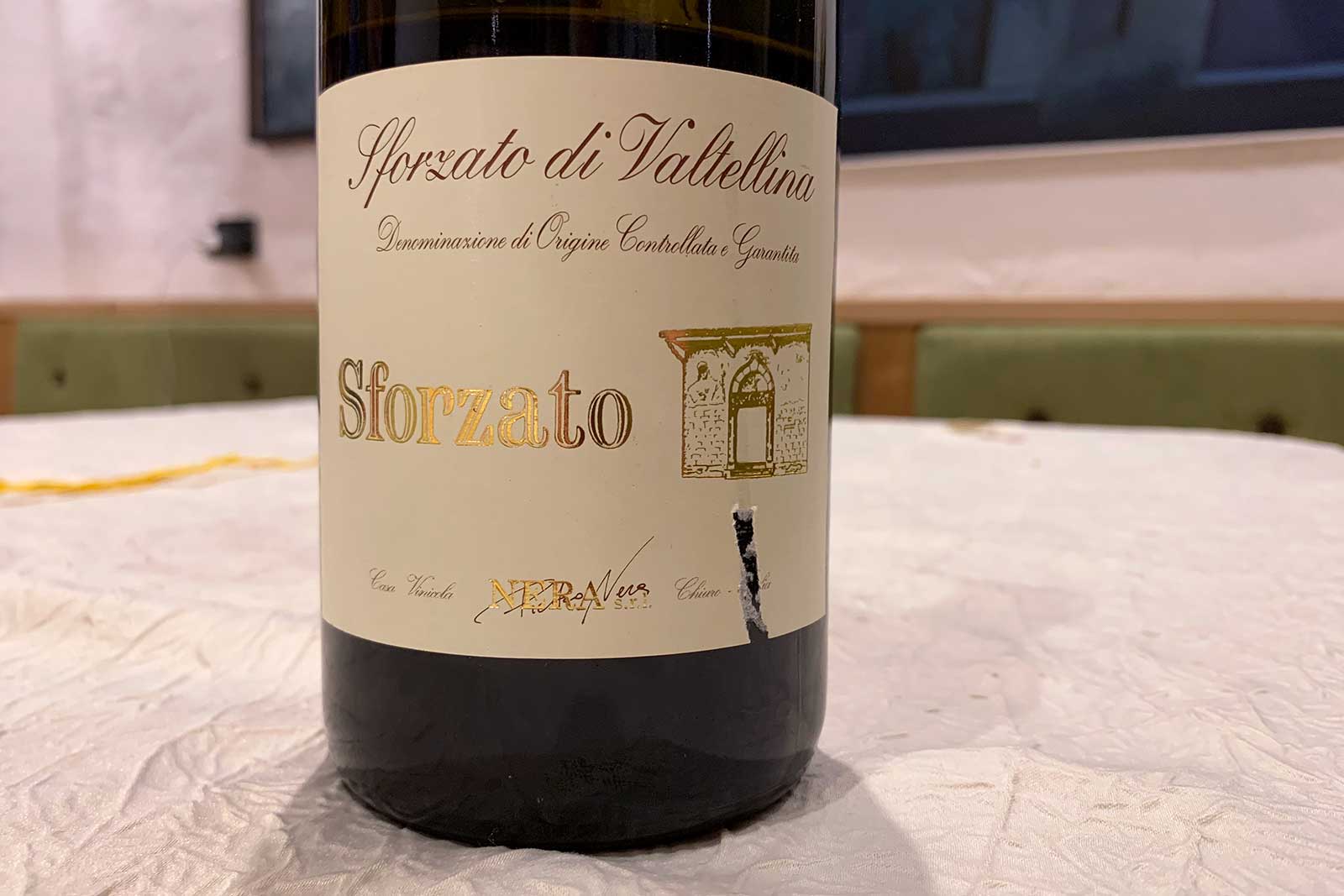
The Valtellina region in northern Lombardy yields some of the most elegant and artful expressions of Nebbiolo. Valtellina Superiore DOCG accounts for most of the wines here, where Nebbiolo is vinified in the modern and classic style. But a separate DOCG appellation is carved out for a traditional vinification technique known locally as sforzato. Think Nebbiolo Gets the Amarone Treatment, and you are 90% of the way there. The other 10% cannot be duplicated in the pre-Alps of Veneto: high-alpine freshness, the signature of this mountainous valley where the grapes are grown on steep, terraced hillsides.
I recently sampled two Sforzato di Valtellina wines, but I am profiling the one from Pietro Nera here because it exhibits more of the dried-fruit tones typical of red wines made in appassimento style. (It had also benefited from 10 years of aging). As one would expect, the appassimento process adds concentration and body to the wine, two traits that Nebbiolo rarely possesses. Yet Sforzato is not some Amarone doppelgänger. The ethereal tones of forest berries and rose, the headlining acidity that triggers a desire for more, they are all preserved, just presented on a more ample frame. The lasting impression I had from this magnificent wine was that it was like a slow-cooked stew that had been given the proper time to reach perfection. Appassimento is an ancient winemaking technique, something that — Dal Forno Romanos of the world aside — has been largely lost to modernity and the desire to bring wines to market fast and with the reliability of technology. It is a practice of patience, and in the delicate tones of Nebbiolo, you can perceive the time and care it requires.
Sforzato di Valtellina DOCG (Lombardy)
Grapes: Chiavennasca aka Nebbiolo (100%)
Alcohol: 15%
Rating: ★★★★★ (out of five)
Food-friendliness: Selective
Value: Very good
Click on the wine icons above to learn more

